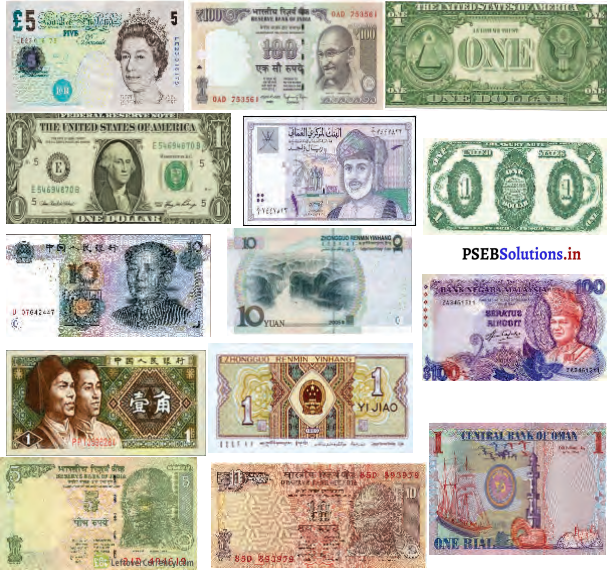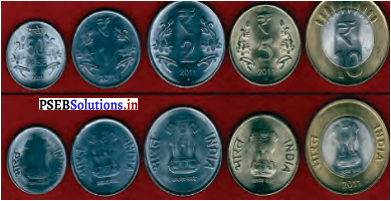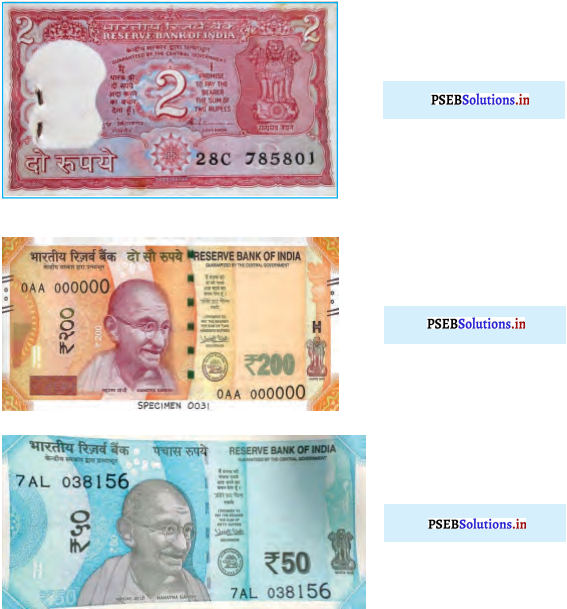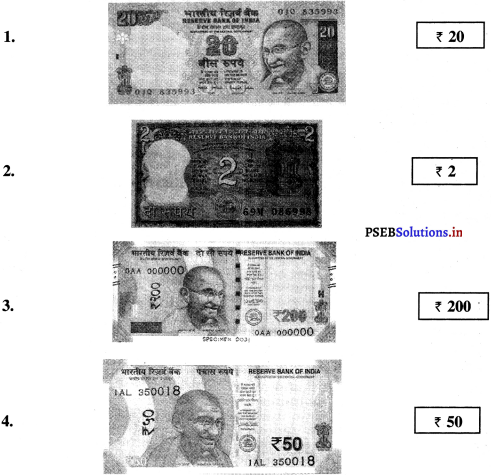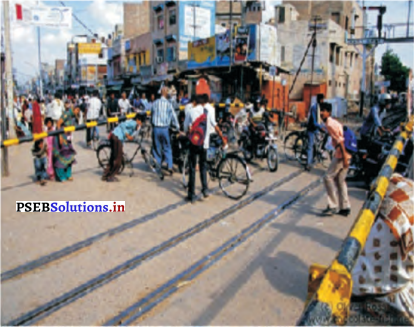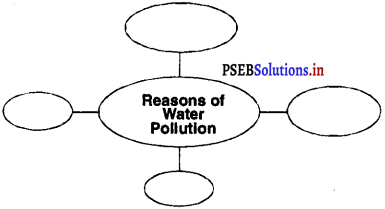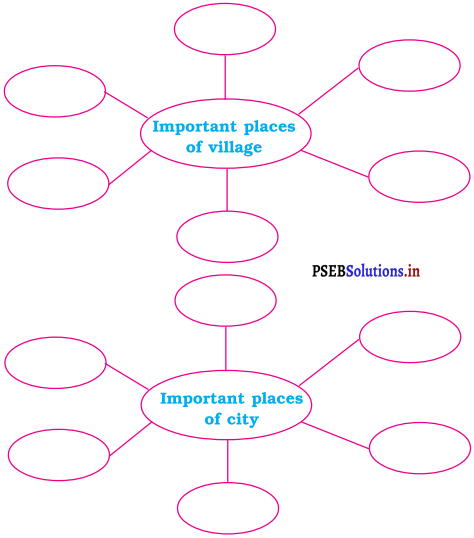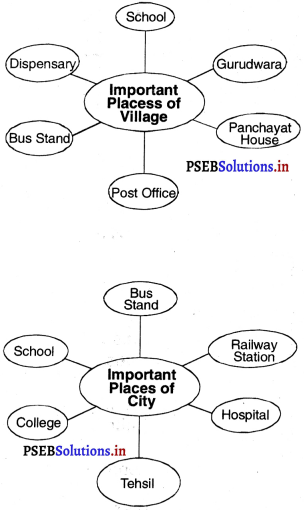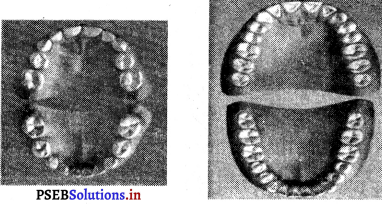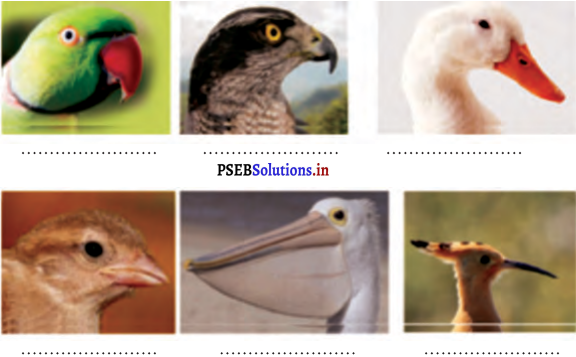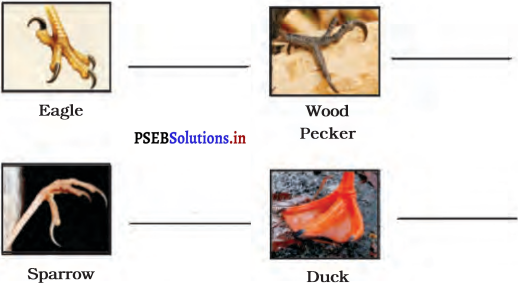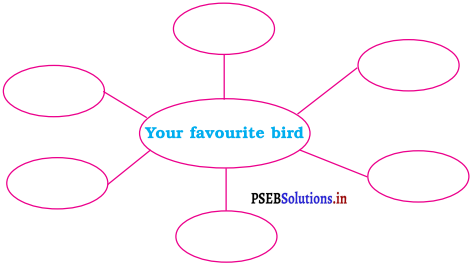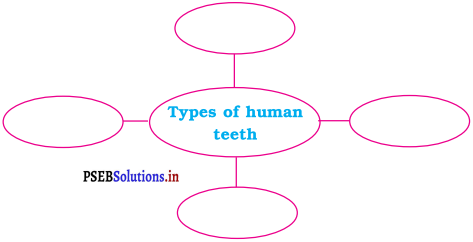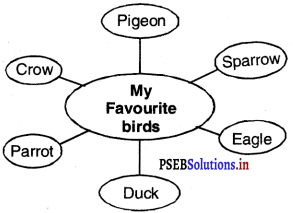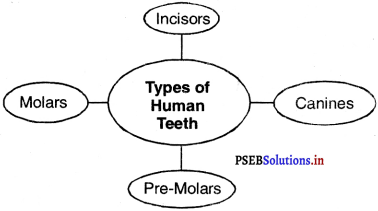Punjab State Board PSEB 4th Class EVS Book Solutions Chapter 21 Houses and Bridges Textbook Exercise Questions and Answers.
PSEB Solutions for Class 4 EVS Chapter 21 Houses and Bridges
EVS Guide for Class 4 PSEB Houses and Bridges Textbook Questions and Answers
Textbook Page No. 150
Activity-1.
Write the names of different types of Professionals after seeing the picture.

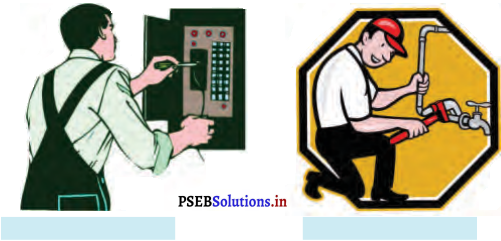
Answer:
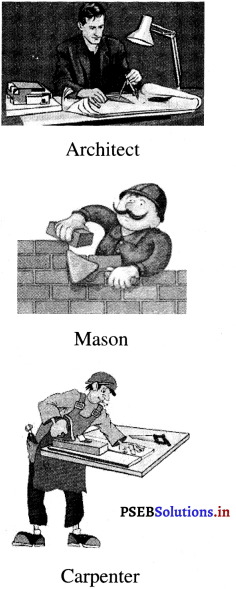
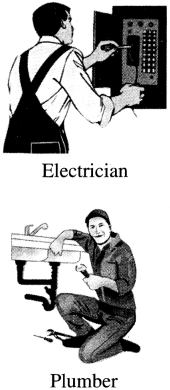
![]()
Textbook Page No. 151
Activity-2.
Motivate the students to prepare bricks from soil with the help of an empty matchbox.
Answer:
Do it yourself.
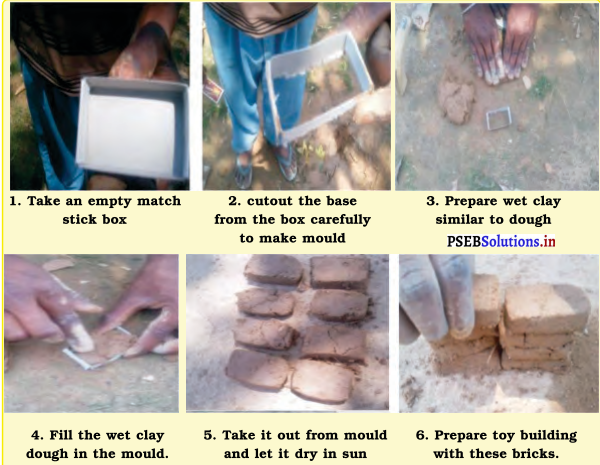
Textbook Page No. 152
Question 1.
Make a list of things used to make Pucca house.
Answer:
Cement, bricks, sand, soil, concrete iron, steel, stone, wood etc.
![]()
Question 2.
What does a mason do?
Answer:
He constructs a building using bricks, cement, sand etc. He plasters the floor using of stones, cements and tiles etc.
Question 3.
How can the air pollution caused by smoke of kilns be lessened?
Answer:
There should be plantation in big number. Trees help in the reduction of pollution.
Textbook Page No. 153
Question 4.
Tick the (✓) right Answer :
(a) Which tool is used by a mason to check the verticality of the wall?
Hammer
Plumbline
Measuring Tape
Brick Travel
Answer:
Plumbline.
![]()
(b) What happens to mixture of cement, gravel sand and water when kept for some time?
Weakens
Softens
Hardens
Brittle
Answer:
Hardens
(c) Which apparatus is used by an electrician for testing the current?
Plier
Tester pin
Screw driver
Bulb
Answer:
Tester pin.
(d) From what material the bricks are made up?
Wet clay
Sand
Straw
Dust
Answer:
Wet clay.
![]()
Textbook Page No. 157
Question 1.
Match the Columns :
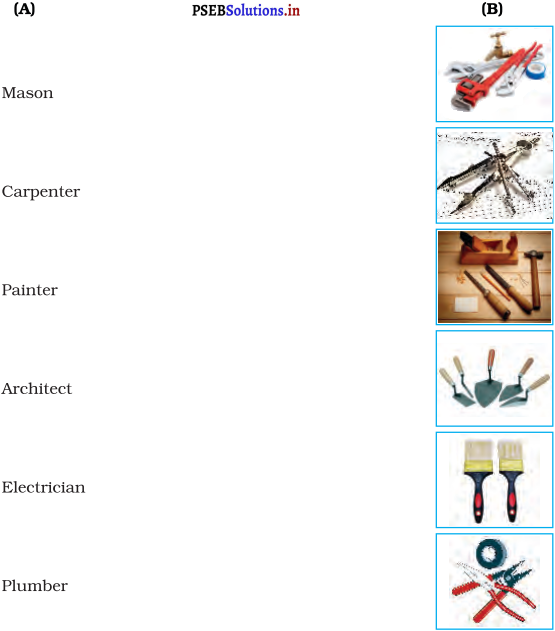
Answer:
1. (b),
2. (c),
3. (c),
4. (a),
5. (f),
6 .(d).
![]()
Activity-3.
Build an over bridge to pass over the flower beds in your home or school. Make a list of items required to build it.
Answer:
Do it yourself.
Question 6.
Which bridges have you seen? Write the name of places where you have seen the bridges.
Answer:
While going from Jalandhar to Ludhiana bridge over the sutlej and the Hawra bridge Kolkata.
Question 7.
What is the need to construct flyovers?
Answer:
These are constructed to cross rivers and also to control the traffic rush on the roads.
